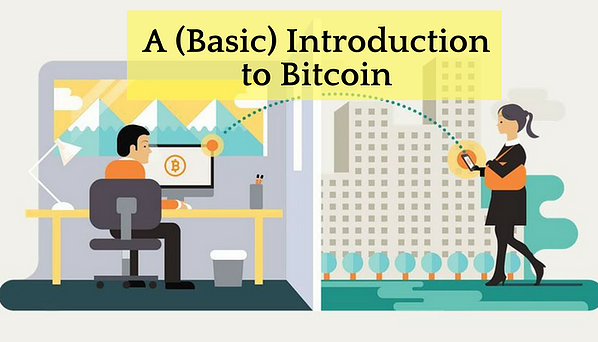
In the business world things are constantly changing, in particular, the way we pay electronically for goods and services. I am often asked by those near retirement age about the concept and usage of the world’s first digital currency: Bitcoin. It’s truly a fascinating concept and yet a dangerous one since there is no telling what the long term implications could mean.
Some of you may still be scratching your heads wondering what I’m talking about, and that’s perfectly okay. I’m STILL in the process of learning about Bitcoin and what it can do and is doing. So today I thought I would give you a brief introduction into the world of Bitcoin, and for more information, I will refer you to Coin Desk, which is a fantastic reference HERE. (All of the information below can be found on Coin Desk.)
What IS “Bitcoin”?
Bitcoin is a form of digital currency, created and held electronically. No one controls it. Bitcoins aren’t printed, like dollars or euros – they’re produced by people, and increasingly businesses, running computers all around the world, using software that solves mathematical problems.
It’s the first example of a growing category of money known as cryptocurrency.
What makes it different from normal currencies?
Bitcoin can be used to buy things electronically. In that sense, it’s like conventional dollars, euros, or yen, which are also traded digitally.
However, bitcoin’s most important characteristic, and the thing that makes it different to conventional money, is that it is decentralized. No single institution controls the bitcoin network. This puts some people at ease, because it means that a large bank can’t control their money.
Who created it?
A software developer called Satoshi Nakamoto proposed bitcoin, which was an electronic payment system based on mathematical proof. The idea was to produce a currency independent of any central authority, transferable electronically, more or less instantly, with very low transaction fees.













Leave A Comment